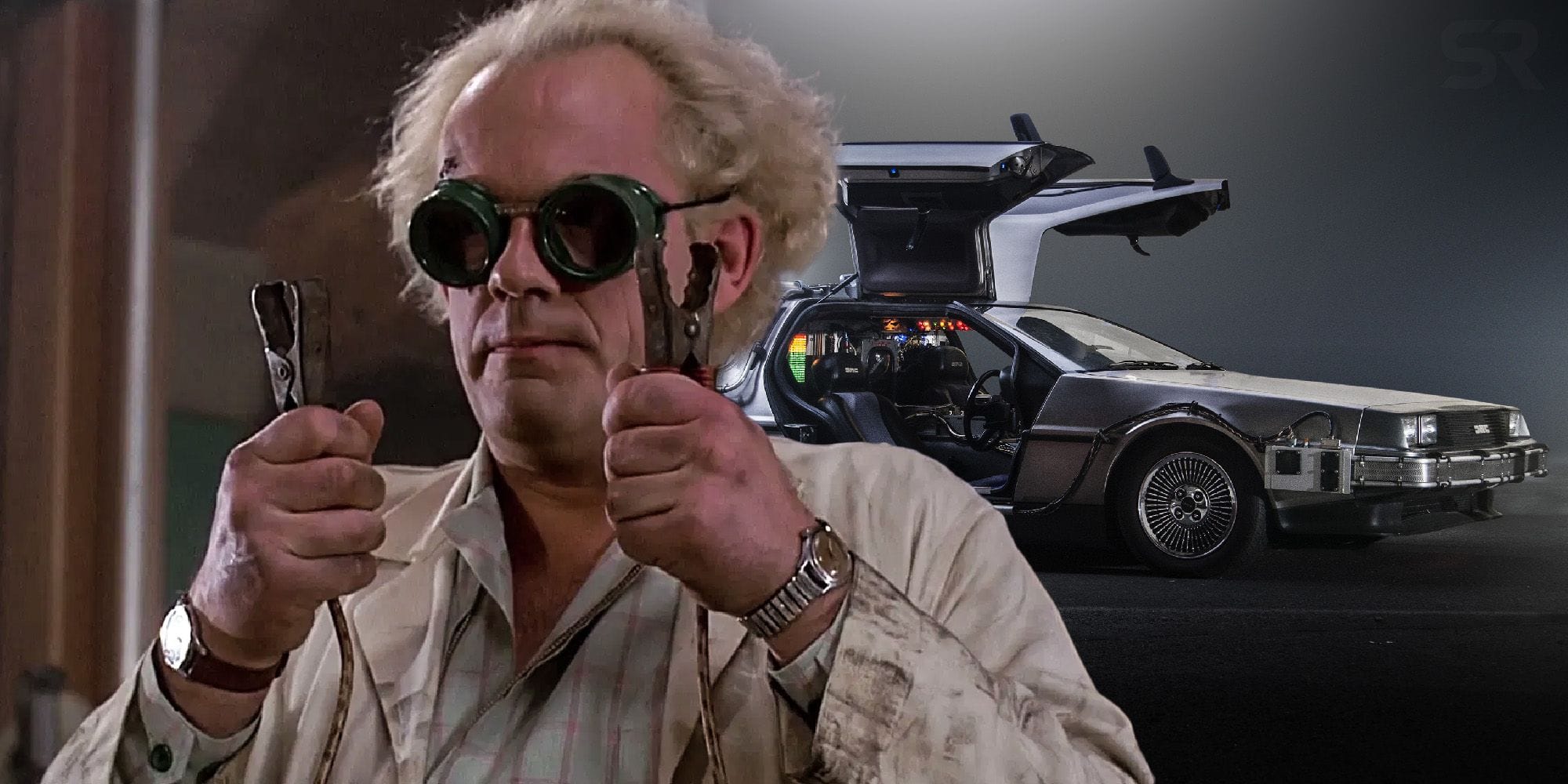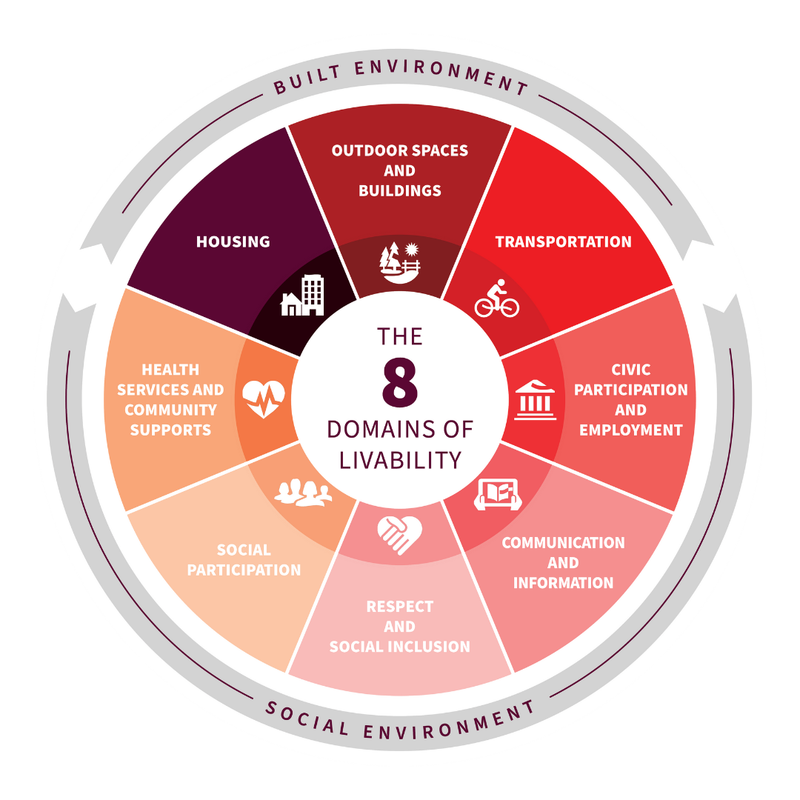The ‘Landlord Economy’: In which buying a product doesn’t confer ownership
An essay on owner’s rights.


Origins of Apartments in America
The first apartment building in America was built and completed in 1870 in New York City. The owner was a wealthy man named Rutherford Stuyvesant, who wanted to emulate a style of living seen in Paris: rather than a townhouse, tenement, or rooming house, Stuyvesant settled on something different: an apartment complex.
The notion proved immediately attractive to Elizabeth Custer, wife of the late General Custer, who took up residence there. Apartments provided a modicum of privacy, which was not in evidence in the majority of rented properties at the time. A shift from an agrarian economy to an industrialized one meant that people were moving into cities not only from America’s rural areas, but from areas across the world as well. There were more people than space to house them.
Though the apartment building was originally designed for artists, they were luxury apartments. Stuyvesant spared no expense in making the apartments as good as they could be: they were spacious, intended to be soundproof, and designed with privacy in mind. Thate apartment building lasted for 88 years until 1957 when it was demolished.
By that time, single-family homes had become an aspirational purchase signifying success and financial independence. Apartment buildings, once opposed, had become the standard for poor and middle-class people who did not yet own a home of their own.
Behind every apartment building was a landlord: a person whom 18th-century economists would have decried as someone who “reaped where they have not sown.” A landlord, whether a person who owned the building or owned a company which owned the building, was nominally responsible for keeping the building in good order, and providing for maintenance and repairs.
Whether this happened regularly or not (as sometimes it did not), the Parisian flat first publicized by architect Calvert Vaux in 1857 laid down a blueprint which soon become a pattern for entire economies to follow. The relationship between landlord (owner), apartment (property), and renter (customer) has been repeated so many times in recent days that even Rutherford Stuyvesant would have paused for consideration, were he alive to witness it.
A TV Show is Not an Apartment
In addition to selling digital games in its storefront, the Sony Playstation also allows people to buy video content as well through its Playstation Video service. For some, this could be an attractive alternative to hiking in the car and looking through Wal-Mart or Best Buy to find just the right TV show or movie. The thought was: once purchased, a customer would have the right to enjoy their content in perpetuity.
Warner Brothers proved everyone wrong. As of this month, they decided to pull a significant amount of content away from those on the Playstation network who had purchased them. Customers would no longer be able to enjoy their content. Instead of buying something to own it forever, they had simply rented it – and Warner issued an eviction notice.
For its part, Sony is also at fault for implementing a backdoor that changed customers into renters, in this case, without any input or feedback. Thus far, no refunds are planned. Nor is Warner Brothers offering an alternative way for customers to view Discovery content amounting to over 100 shows and 1317 seasons. Those who want to access what they already paid for have two choices: they can pay for their content a second time, or they can pirate it online.
Imagine, for example, buying a book at a bookstore. It is a hardcover book by an author you like. You go home, read it, and some time later, put it on your shelf. It makes a nice decoration. You have fond memories of reading it. Without any warning, a media holding company issues a revocation of rights to own the book you have. You must now return the book to the store; the store is not going to give your money back.
This is the current relationship between customers of digital products and companies who own the rights thereto. Customers aren’t buying the right to use it forever: they are simply participating in a lease agreement which can be revoked at any time. This was already the case when Playstation 3 opened up its digital store: in order to access games stored on the console, a user had to log in to the internet and sign in to their account to verify they are the appropriate rights holder. If this was not done, content on the console would be unusable.
Kotaku describes the transaction as an “indefinite loan.” The culprit in this case is a slew of Digital Rights Management (DRM) rules and Licensing Agreements. When it asks customers to pay money for third-party content, Sony must abide the agreements it made with the owners of such content. If the owners decide customers will no longer have access to such content, there is not much customers can do in the immediate present except file a class action lawsuit- the result of which may take years to litigate.
In the meantime, until agreements between providers and owners change, digital content has simply become another type of apartment with an at-will lease agreement: customers enjoy the product they paid for at the sufferance of the owner, who has unilateral power to deny access to the product at any time.

Right to Repair is the Right to Own Property
The Right to Repair movement, led by citizens of Massachusetts, asserts that people who buy a product have the right to do with it what they will. Buying a DeLorean from a car dealer entitles the owner to turn it into a time machine, even if he must acquire plutonium by less than legal means. The DeLorean, once purchased, becomes the personal property of the purchaser- as such, he may do whatever he wants with it.
Current law, especially laws centered around rights management, make it a felony for Doc Brown to make a time machine – not because of the dangerous nature of his experiments, but for the simple fact of altering something he owns. In order to avoid committing a felony, Brown would have had to construct a DeLorean from scratch. He couldn’t use something another person built.
The Right to Repair movement kicked off over dissatisfaction with how difficult it is to independently diagnose and solve a vehicle’s problems. Historically, an OBD2 scanner was used for this purpose. Finding the right device for one’s car was a challenge that required sifting through owner’s manuals and doing a great deal of research. Added to that, the cost for a professional device can be prohibitive. Barriers to self-repair, put in place by intention or otherwise, made it difficult for customers to service their own vehicles.
In November of 2020, Massachusetts voters went to the ballot box to vote on Question 1 which would require automotive manufacturers to streamline their vehicles in such a way that a mobile app would serve as a diagnostic tool, rather than an OBD2 scanner. The 2020 initiative echoed a 2012 initiative of a similar nature, also resulting in Question 1 being brought before voters.
In 2012, 87.7 percent of voters voted yes on the Right to Repair law. In 2020, 74.9 percent of voters voted yes. On August 24, 2023, the National Highway Traffic Safety Administration declared that Massachusetts could enforce the initiative. This came after years of efforts in court by the Alliance for Automotive Innovation, representing General Motors, Toyota Motors, Volkswagon, and others to put a stop to the initiative. While the initiative does not specify how the companies are to comply with the mandate, the companies raise concerns over cybersecurity and safety.
Possibly, though it has yet to be confirmed by a real-world example, someone with enough know-how could use a mobile device to hack into their car and alter its operating system in ways the car manufacturers never intended. This, in video game parlance, is called “jailbreaking.”
The fundamental issue at hand is not whether there are digital vulnerabilities in a vehicle, but whether the purchaser of the vehicle is indeed the owner of it, and has the right to dispense with it as they please. Whether a car can pass a state inspection once altered is another issue that has also yet to be tested in the real world.
It is not clear whether efforts by car companies to make vehicles easier to diagnose and repair on their own would have happened without legislative intervention. OBD2 scanners, once an arcane tool of a specific trade, can now be obtained easily. Vehicles have more computer components placed into them than ever before: digital readouts will tell the driver what the car’s tire pressure is, how many miles left to go before the gas tank is empty, whether an airbag needs replaced, whether a seatbelt is off. Many of these features weren’t available in older vehicles whose indicators consisted of check engine and check oil lights. Manufacturers many have eventually arrived at a place of transparency, given enough time.
Or, as many consumer rights’ advocates fear, perhaps they would not. That is, after all, the essence of the Right to Repair movement: an unwillingness to wait around for car companies to satisfy consumer demand. Although their assertion is for an easier experience repairing their own vehicle, it is also, by inference, an assertion of property rights. If the owner of a vehicle doesn’t get to decide what happens to their property, then someone else will. Their only choice in such a circumstance is to consent to or reject to the service offered.

A Tightening Noose of Rent-Seeking
Companies forcing consumers to use their products in ways they deem appropriate can be seen in a variety of different ways. Hewlett-Packard has placed Digital Rights Management into their printers (the last device that needs it) in order to prevent owners of the device from using third-party ink cartridges.
The scheme relies on the printer to be connected to the internet, something that is more than likely going to be the case if one is printing wirelessly. The printer will then check for a firmware update from Hewlett-Packard and install it into itself. Firmware is a kind of software that controls low-level hardware functions. In this case, the firmware prevents any off-brand cartridge from being used.
In other words, the owner of the printer, under the company’s DRM policy, does not have the right to use it as they see fit.
In 2022, Adobe announced that its Photoshop program would require a monthly subscription for Pantone colors, something that had been built into the program from the start. Adobe blamed Pantone for the decision, while Pantone alleged that Adobe had not correctly updated or maintained Photoshop to keep the purity of particular colors.
Regardless of who actually did what, the result was that people who had been using a service now found the rules changed against them without explanation- with a price tag attached.
Hasbro, and its subsidiary Wizards of the Coast, proposed changes to their Open Gaming License in late 2022. The Open Gaming License had previously governed the terms and conditions under which people could utilize the Dungeons and Dragons intellectual property. Where previously the rules had favored the consumer, many of whom bought D&D rule books to use for game night, they now favored the company.
In addition to new restrictions for usage, people making money from such things as a D&D podcast would have to kick in a percentage of their earnings to Wizards of the Coast. A large community backlash and boycott followed, causing Wizards to say they “rolled a one,” or failed badly.
Developers of the game design software Unity implemented new policy changes in 2022, one of which was: whoever uses the software to make a game must pay Unity Technologies a flat fee for each confirmed installation of the game made with Unity. Developers and gamers objected to this change for a variety of reasons.
Unity had done nothing to make the game except provide the software. Should Microsoft demand a flat fee every time an Excel spreadsheet is used in a business presentation? Should Exxon, BP, or Shell charge Uber drivers each time a customer is taken from point A to point B? Should a clothing store charge models a fee each time the model makes money wearing the store’s clothing?
Following the backlash, Unity Technologies issued an apology letter in which they walked back some of their proposed ideas but still maintained the notion that change was going to come. Apology letters have lately been so frequent that they all appear disingenuous, even if each of them is written sincerely.
For people who had downloaded the software, whether free or otherwise, the question remained: was it theirs to use as they wanted, or were they just doing an infinite rental? The above examples are only among a few of the problems arising from what I like to call “the landlord economy.”





